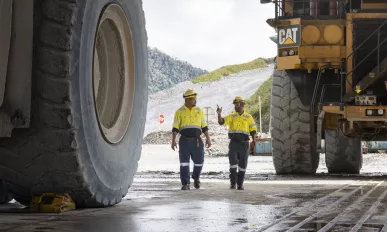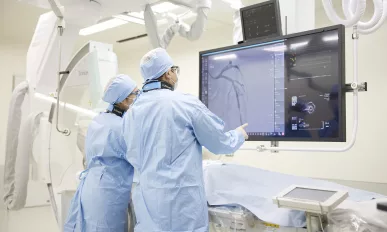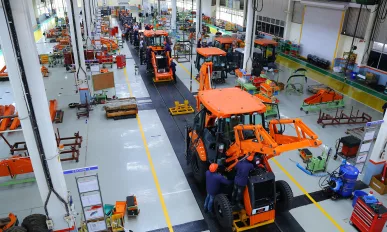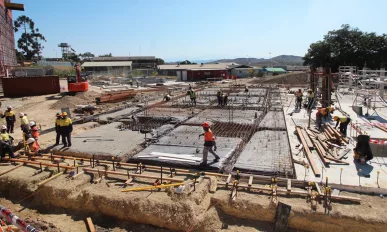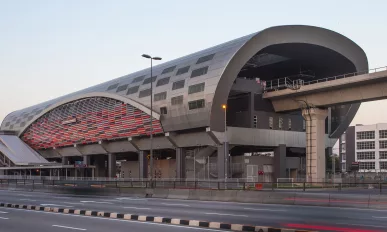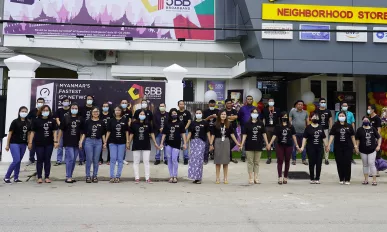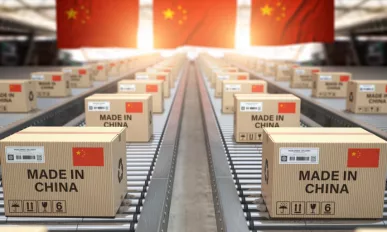Issue 49
Ok Tedi Mining : The Heart of Papua New Guinea
We take an in-depth look into the Ok Tedi mine, its operations within Papua New Guinea and speak with executives to delve deeper into the organisation.
Terumo Asia Holdings : Making Medtech
The healthcare sector has been centre stage throughout this challenging pandemic period. We spoke to Terumo about its legacy, current operations, and future plans in the medtech sphere.
Tata Hitachi Construction Machinery : Indian Industry Leaders
A key player within the Indian machinery manufacturing industry, we spoke to Tata Hitachi Construction Machinery about the sector in the wake of COVID-19, and what it takes to stay ahead.
PICSA Group : Building Papua New Guinea
The PICSA Group has been a concrete fixture in Papua New Guinea’s construction sector for over 50 years. Executive Director Partha Sarathy talks expansion, diversification, and supporting the local community.
NRY Architects : Building 2021
Despite the challenges posed by the COVID-19 pandemic, the Malaysian construction industry continues to weather the storm. We spoke to NRY Architects about the firm’s various projects and the latest innovations in the industry.
Global Technology Group : Answering Digital Demand
With Myanmar’s population becoming increasingly digitalised, we speak to Global Technology Group about the company at the centre of digital connection and communication provision.
Business in China
We examine China: a country that has been dominated by manufacturing for the past four decades, and explore the current state of play within the world’s most populous country.
JustKitchen : The Root Source
We talk to Kent Wu, COO of JustKitchen, about the company’s all-encompassing method of business in the Asian food and beverage industry.
Genius Group : The Edtech Revolution
The global pandemic put digital learning in the spotlight and the Edtech boom ensued, with Asian companies such as Genius Group leading the way. And the market is showing no signs of slowing down.
Restructuring Tourism in Asia Pacific
We shine a light on the tourism sector in Asia Pacific following the pandemic, the recalibration of the travel market and the potential for digitalisation expected to drive economic recovery.



